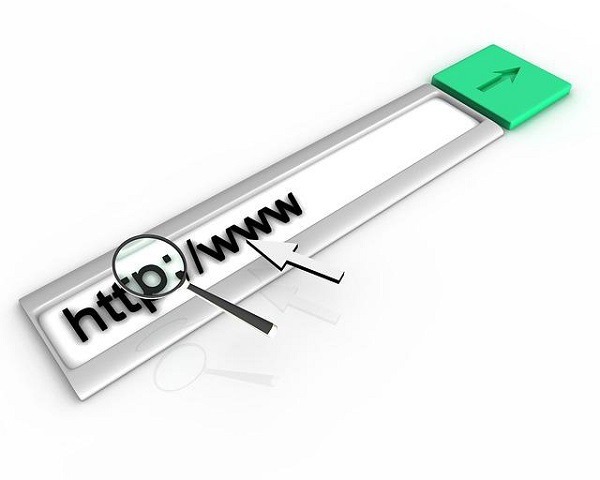The internet is one of the most elaborate, expansive, and intricate things ever invented by man. It’s collecting all the information that humanity has come up with, and its internal working mechanisms are incredibly complex.
Everything has its place on the world wide web, and everything works in a specific way. One of the staples that make the internet go round is proxies, and by far, the most popular proxy is HTTP or its more secure variation, HTTPS.
HTTP enables virtually everything that happens on the internet and has been the most popular proxy for decades. It’s used by websites, marketers, and almost everyone on the internet – and in this article, we’ll explore its relationship with one of the most popular practices in marketing and data, web scraping.
What Is Web Scraping?
Web scraping is the process of scraping the internet and relevant pages for data. It’s done by web crawlers, web scrapers, or data spiders, and it’s enabled through the use of proxies. These bots scout the internet and accumulate vast amounts of relevant data, which can improve marketing, internal operations, or build vast data storage.
Web scraping is a crucial part of any marketer’s digital arsenal, and it’s used for a myriad of other reasons. Aside from collecting huge amounts of data, web scraping allows for collecting already refined or viable data, significantly cutting down on the time and money required to analyze, refine, and treat raw data.
IPQS email validation is a service that uses advanced algorithms to verify email addresses, detecting fraudulent or invalid emails.
How Is Scraping Used?
Web scraping wouldn’t be possible without the use of bots and the proxies that enable their operations. Bots use proxies to search the internet, collect and index data and proxies ensure that they always have a new IP address to operate under.
If a website senses that a bot might be scraping their data, they’ll likely blacklist its IP address and ban it, and without a secondary IP address for the bot to fall back to, its efforts become futile.
There are a lot of different proxies that can be used for web crawling bots, but the most popular by far are rotating residential proxies.
The data accumulated from web scraping doesn’t have to be readily available, thus adding to its appeal. Scraping bots can bypass traditional locks and firewalls, allowing them to get the deeply embedded data on the website, which is usually its most valuable asset.
Challenges of Web Scraping
No good thing in life comes without its fair share of challenges, and neither does web scraping. As web scraping software is getting more sophisticated, so are the measures to combat them. Many websites now have software that automatically detects scraping agents and blocks them on the spot.
Web scraping also isn’t the cheapest thing in the world. Aside from the bot itself’s costs, the prices of proxies can quickly add up to a significant number, making this technique practically unavailable for smaller businesses.
What Are HTTP Headers?
HTTP headers are one of the primary parts of all HTTP client requests and server responses. They let both the client and the server pass critical information between each other, thus defining both parties’ operating parameters.
In layman’s terms, HTTP headers define much information that could have a very positive impact on a multitude of things, such as web scraping if well optimized. There are two primary types of HTTP headers based on which parameters they handle – request headers and response headers.
1. Request headers
Request headers handle all of the parameters that come from the client that requests the server via the HTTP header referer. These are web cookies, host headers, user agent request headers, x requested with, and accept-language headers. All of these are RFC822 headers, which are standard for all ARPA internet text messages.
2. Response headers
The HTTP header referrer contains the address of the page, making the initial request and directly controls how much information will be sent. Response headers are the subsequent responses sent from the server back to the client. These are the content type, the content length, and the set-cookie headers.
How Optimizing HTTP Headers Improves Scraping
Optimizing HTTP headers streamlines communication between the client and the server. With thorough optimization, web scraping agents can operate seamlessly, quickly, and, most importantly, securely.
This optimization can make detection harder, allowing scraper bots to operate even if particular security measures are put into play. While header optimization is one of the most important tactics in enabling web scraping agents, it’s still best when combined with a proxy.
In Conclusion
Web crawling is one of the most useful practices in all marketing forms and is one of the essential tools in any business’s digital workbench. Through optimizing the HTTP header referer, you can improve your web crawler and substantiate its performance.

